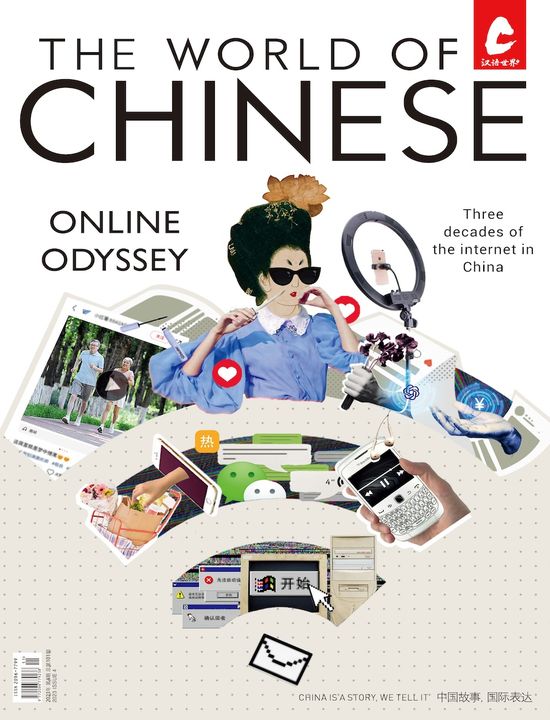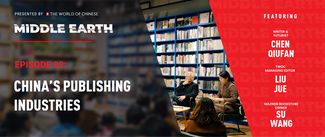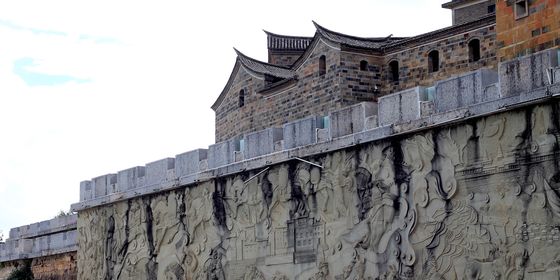Riding the rails of southern Yunnan province, where “internet celebrity” tourism and French colonial legacy collide
A white speck hurtles toward me, the sound of it growing from a low hum to a roaring whir. Eventually, the distinctive ivory tubes of a high-speed train blast past my car, carrying hundreds of passengers across the lush landscape of China‘s southwestern Yunnan province. The train careers into the distance, suspended above me on raised tracks carved into nature.
This high-speed railway between the provincial capital, Kunming, and Honghe Hani and Yi Autonomous Prefecture, swoops through 10 tunnels and traverses 52 bridges. It stops at five train stations along the way, and took five years and 13.62 billion yuan to build. But I’m not here to spot modern symbols of China’s economic growth: I’m on the trail of railway heritage that stretches back to the late 19th century.
Back then, French colonial ambitions in Yunnan and Southeast Asia collided with a China trying desperately to modernize and escape manipulation by imperialist powers. France built the Yunnan-Vietnam Railway, running south from Kunming to Hekou on the border with Vietnam (then French Indochina)—a colonial project to extract resources from southwest China and transport them to the French empire.
After the Qing dynasty fell in 1911 and Chinese leaders sought to modernize their country and resist further encroachment by imperial powers, the government granted another railway contract in Yunnan to a private Chinese railway company. They built the Gebishi Railway, which ran from Shiping in the west to Bisezhai, where it linked up with the French tracks.
I want to trace the Gebishi Railway, and as the new high-speed train tracks bend away from my car and out of sight, I exit the highway near Jijie, my first stop.
All Aboard the Yunnan Express is a story from our issue, “After the Factory.” To read the entire issue, become a subscriber and receive the full magazine. Alternatively, you can purchase the digital version from the App Store.













